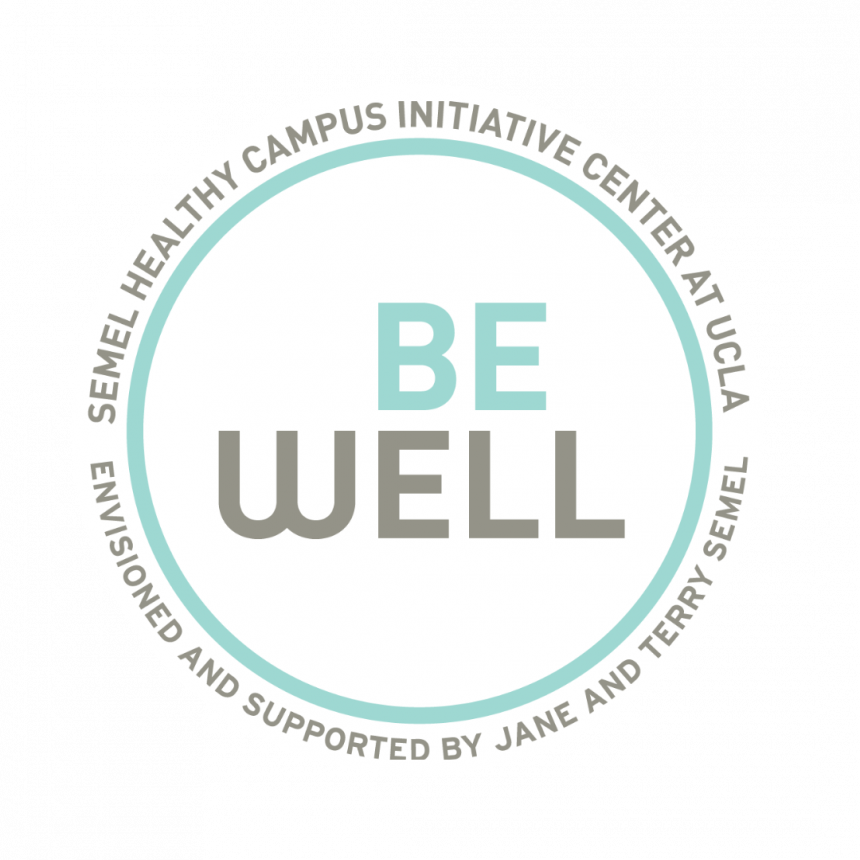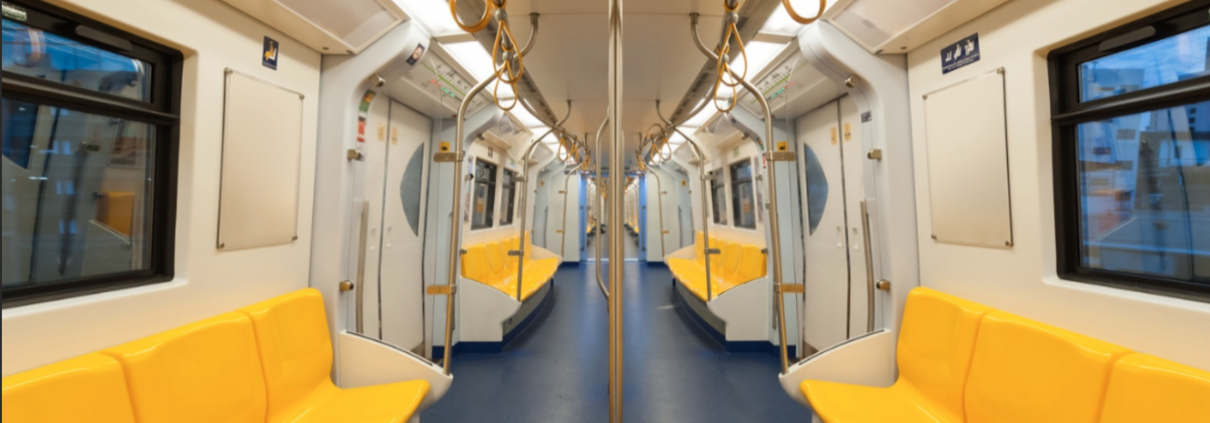Pay It Forward: Advocating for a Subway Station at UCLA
Pay It Forward: Advocating for a Subway Station at UCLA
As students and members of the UCLA community, we must powerfully advocate for a new subway stop on campus. While a station on the LA Metro Sepulveda Transit Corridor would bring quicker, easier, and less costly commutes, failing to be properly included in Metro’s expansion plan would lead to arduous commutes, higher housing and vehicle costs, and worsening air quality. Demanding the accessibility and opportunity that the UCLA station would provide is our duty to future members of our campus community.
The Sepulveda Transit Corridor (STC) Project aims to connect the San Fernando Valley to the Westside, overcoming the geographic barrier of the Santa Monica mountains via a rail system that could efficiently transport people between the two regions and relieve traffic congestion on the 405. Currently, Metro is evaluating six possible options for how the rail line will function and where its stops will be located. Out of the six, four propose a direct stop at UCLA’s Gateway Plaza. Whether or not Metro proceeds with plans to provide an on-campus station could have a transformative impact on everyone learning, working, and seeking medical care at UCLA.
Because improving our built environment, promoting equity, creating interconnectivity, and reducing environmental harm could be advanced with the STC project, students and faculty must voice their own, and their community’s needs about Metro’s decision.
Improving Accessibility & Promoting Equity
One of Metro’s goals with the STC is to “Improve Accessibility and Promote Equity”. UCLA has a daytime population of over 84,000 including students, faculty, staff, patients, service personnel and visitors. Considering how hard it is to find affordable housing in the neighborhoods surrounding UCLA, a large portion of people live in more distant parts of LA County and must commute on a daily basis. This travel can be long and costly, taking away time from studying and socializing thus creating a lower quality of life for students, simply because they cannot afford the high cost of living near UCLA. These same challenges create a barrier to employment for staff members and make faculty recruitment expensive and difficult. A direct line from the valley to UCLA could allow people greater flexibility to live elsewhere and commute efficiently to campus for their educational and employment needs.
Kerry Sempelsz a second-year UCLA student remarks, “Commuters miss out on a lot of connections and club activities that probably don’t run every single day. I think if transportation was more convenient and accessible for everyone here, it would further expand the student environment that UCLA is famous for.”
Not only would accessibility and equity be furthered in terms of housing, but also financially. By cutting costs of vehicle ownership and regaining the productive hours that are lost to commute times, the rail line would be economically empowering and alternatives that don’t include a station on campus would be unable to fulfill these goals.
Another important equity consideration is the means by which Metro wants to realize each option. The two project alternatives that don’t include a station on campus would be constructed along the 405 freeway and utilize a monorail system. Three of the monorail systems entail that train cars are built above-ground on an elevated platform, while the fourth includes an underground people-mover from the Getty Center to Gateway Plaza.
Enhancing Interconnectivity
Lack of interconnectivity is another issue facing Angelenos and UCLA. Connecting new rail lines to existing ones is a long-term mobility investment for the entire county, and a necessary step if you consider the long-term impacts of transportation infrastructure. Currently, the STC options that include a UCLA station also connect the STC to the Wilshire/Westwood/Purple/D Line station. Since the D Line connects Downtown LA to the west side, an intersection of the two lines would be a mobility hub. According to Abdallah Daboussi, Principal Transportation Planner at UCLA, this connection will incentivize more regional utilization of transit and when you monetize people’s time and convenience, it will eventually justify the cost of the project.
“The average person sees mobility as a means to an end. They just want to get to a place in the most convenient, cheapest way possible,” he said. “So if you build something that isn’t going to work for them when they want to get to Westwood or UCLA, they’re going to keep taking their cars despite the negative externalities of paying for gas and paying for parking.”
Although increasing ridership and convenience is an important consideration for Metro because they are seeking a return on their investment, it is also an important consideration for environmental reasons. Transportation is the leading source of greenhouse gas pollution in California and providing alternatives to personal vehicles would have a great impact in curtailing these emissions.
“A lot of the frustration around transportation is people feeling like they have to drive and that driving is their only option,” Emily Han, Active Transportation Planner at UCLA, said. “The key to really encouraging people to drive less is offering quality transportation options.”
Make Your Voice Heard
Although the reasons to advocate for a Metro station on campus are numerous, current UCLA students might feel detached from the outcomes, as the STC will not be realized until around 2033. Han responded to this by emphasizing the ways in which current students might benefit from the station later- from attending more school, to going to doctors’ appointments and just enjoying everything that Westwood and UCLA have to offer. Today’s UCLA community benefits from those who preceded us; we need to offer today’s contribution to the vitality of UCLA.
Daboussi added, “The students at UCLA are stakeholders and also the constituency so they could be effective in swaying the direction of this more than they realize. [This project] is giving them a chance to use their collective voice to call for more equitable, convenient, sustainable, and connected transportation.”



